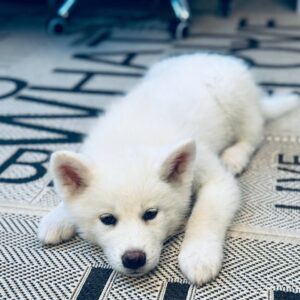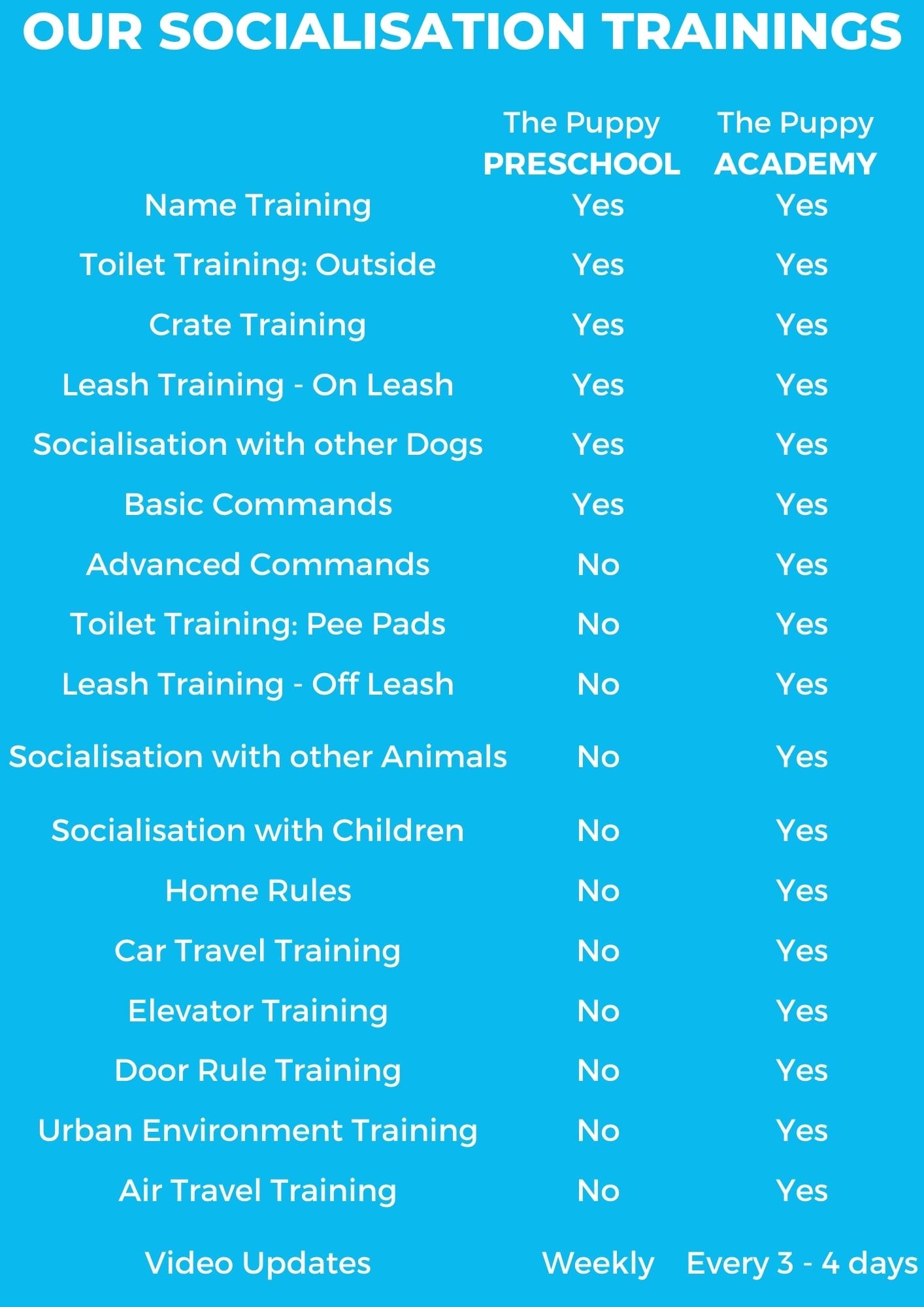Akita Inu
The Akita Inu is the largest of the Spitz group of dogs, with a strong, almost bear-like build, a curly tail, and fuzzy triangular ears. Intelligent and strong-willed, the Akita Inu is best suited to an experience owner that can provide firm but firm handling. If well socialised, properly trained, and regularly exercised, you will find yourself with an affectionate, loving, and calm family dog.
Akita Inu breed attributes
About Akita Inu breed
Description
The Akita Inu is the largest of the Spitz group of dogs. From head to tail they have a powerful build. The bear-like head is heavy and triangular, with a short but strong muzzle. The strong build of the head is contrasted by the fuzzy triangular ears, which are almost fox-like in appearance. The chest should be broad and deep, and the body a little long compared to the dog’s height. The Akita’s tail is fuzzy and is held up in a curl over the dog’s rump.
Origin: Japan
Look
The Akita Inu has a thick double coat with an outer layer of guard hairs, and a fluffier inner layer for warmth. The fur is fluffy but not long. Although long-coated Akitas (called Moku in Japanese) sometimes occur, this is considered a fault for the show ring. Although the Akita does not require extensive grooming, they shed a lot, even with daily brushing.
This breed comes in almost every colour, though preferred colours for Japanese-bred Akitas are various shades of red and sandy-brown, brindle, and pure white, though some white markings on the face and body are allowed. The American-bred Akita breed standards accept any colour.
Health
While the Akita Inu is generally a healthy dog, they are prone to a few health conditions:
• Hip dysplasia
• Elbow dysplasia
• Various immune system conditions, such as Cushing’s syndrome, Type 1 Diabetes, and Hypothyroidism
• Gastric dilation (bloat)
• Von Willebrand’s Disease
• Progressive Retinal Atrophy (PRA)
• Microphthalmia
• Primary Glaucoma
• Pseudohyperkalemia
• Immune Sensitivity to vaccines, drugs, anaesthetics and tranquilizers
At Newdoggy.com we promote reputable breeders, who use genetic testing and good breeding practices to remove genetic conditions from their breeding lines. Newdoggy.com’s Health Guarantee certifies that all promoted puppies are in good health.
Learning
Like most dogs, the Akita needs early socialisation and training to develop its best characteristics. They are very intelligent, but can be a little challenging. Akitas tend to become bored quickly, and are often strong willed. Positive reinforcement training would probably suit this breed best:; they need a calm but firm trainer who will reward them when appropriate. Despite their reputation as a challenging breed to train, Akitas are typically easy to house train.
Temperament
Some people call the Akita Inu a catlike dog. This is because they can be quite reserved characters, especially with strangers. They are also fastidious and will groom themselves frequently. The Akita Inu can also be quite territorial, especially around its food.
Although reserved with strangers, the Akita Inu is affectionate with its family, and generally calm and placid. They are often very good with children.
However, this calm demeanour comes with a great intelligence and strong will that need to be counter-balanced by good training, early socialisation, and consistent but firm handling. As they are large and powerful dogs, they need good training and excellent manners, especially since they have a bad reputation in some areas, and are banned in others.
Living with
This breed is best suited for an experienced dog owner who can cope with its various quirks and characteristics. Despite their strong willed character and various quirks, they are docile and affectionate. The Akita Inu tends to get along well with children, and would make a good dog for a family.
Akita Inus often do not get along with dogs of the same sex, as they are often territorial: be careful when meeting other dogs, and keep your Akita on a leash just in case. As they were originally bred for hunting, an Akita Inu may not get along with cats or other small animals. All in all, it’s probably best to keep an Akita as an only pet.
As the Akita Inu was originally bred as a working dog, you’ll need to exercise your Akita Inu daily for a few hours. Akita Inus often excel at canine sports such as tracking, obedience training, and canine agility.
The Akita Inu is banned in some countries, so take that into account if you are considering getting one.
Find Akita Inu Puppies for Sale
New litter alert
Please fill in the below form and we will let you know when a new Akita Inu litter arrives.






















